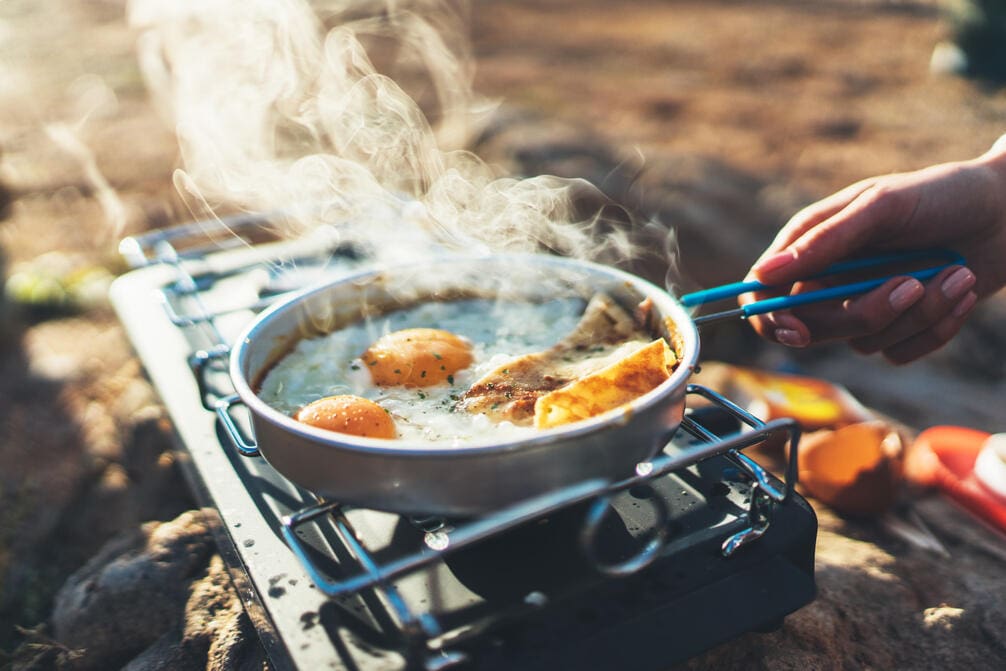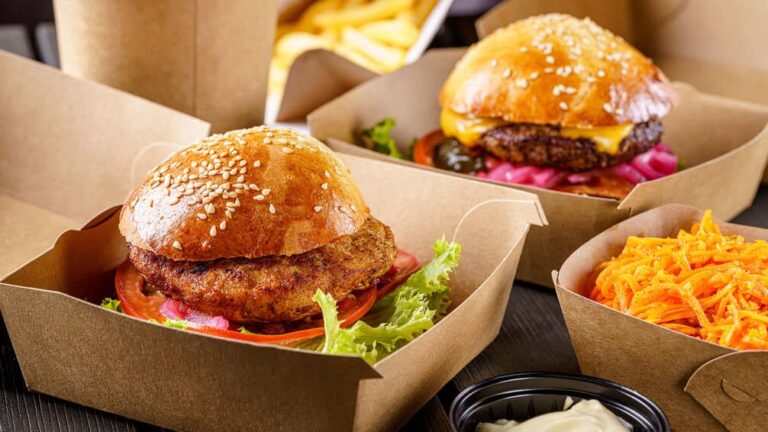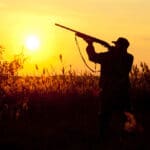Tipping your camp cook enough to buy a small island might sound like an exaggeration, but when you’ve spent days in the wilderness, their culinary skills can seem nothing short of miraculous. While $50 might be the baseline for a short adventure, the real question lingers on how to adjust this amount for longer stays or exceptional service.
Key Takeaways
- Typical tip range for a 3-5 day hunt is $50 to $100.
- During holidays, tipping $50 to $75 per day is standard, with $100 showing generosity.
- Consider factors like quality of meals, effort, and additional roles when determining the tip.
- Tipping reflects appreciation, encourages quality service, and supports the camp cook’s income.
Is Tipping a Camp Cook Expected?
While not mandatory, tipping a camp cook is a widely accepted practice to recognize their effort in providing delicious meals throughout your stay. This gesture has become a common practice in camp settings, largely because it’s a direct way to show appreciation for the hard work and expertise that goes into meal preparation. You’re not just thanking them for the food, but also for the meal quality and the overall dining experience they create in the often challenging outdoor conditions.
Acknowledging the efforts of your camp cook through a tip does more than just say ‘thank you.’ It reflects an understanding of the dedication and skill required to plan, prepare, and serve meals that turn a simple camping trip into a memorable experience. Furthermore, tipping contributes significantly to the camp cook’s income, serving as an incentive for them to continue providing excellent service.
How Much to Tip a Camp Cook?
Typically, for a 3-5 day hunt, the tip amount ranges between $50 to $100. This range, however, isn’t set in stone. The effort and workload your camp cook puts into preparing meals and ensuring you’re well-fed throughout your adventure are critical factors to consider when determining the appropriate tip amount. For longer hunts, it’s only fair that the tip reflects the extended service, requiring a higher amount to acknowledge their sustained effort.
Industry norms suggest tipping your camp cook about $50-$75. Yet, this amount should be adjusted based on the quality of meals provided, the cook’s expertise, and your overall satisfaction with their service. A camp cook who goes above and beyond, offering delicious, high-quality meals and contributing significantly to the enjoyment of your hunt, certainly deserves recognition through a generous tip.
How Much to Tip a Camp Cook During the Holidays?
During the festive holiday season, tipping your camp cook should reflect the spirit of generosity and appreciation for their extra effort and dedication. This is the time of year when a little extra thankfulness can go a long way, especially for those who work hard to make your holiday experience memorable. Typically, a tip for a camp cook ranges from $50 to $75 per day. However, given the holiday season’s unique demands and the cook’s unwavering dedication, you might consider adjusting this amount.
Consider the cook’s effort and the quality of meals, especially those special holiday offerings that add a touch of magic to your festive celebrations. It’s these extra touches that merit a slightly higher tip amount. Tipping $100 for a camp cook during the holidays is seen as generous and a profound way to show your appreciation. It acknowledges not just the hard work but also the personal sacrifices they make to ensure your holiday experience is as joyful and stress-free as possible.
Additional Factors to Consider
When you’re deciding how much to tip your camp cook, it’s crucial to consider more than just the basics. Think about the complexity of the meals, any additional roles the cook has taken on, and how dietary restrictions have been accommodated. Also, assess how group size and weather conditions might’ve impacted the cook’s workload.
Meal Complexity Levels
Considering the wide range of dietary needs and preferences, meal complexity levels for camp cooks can significantly vary. They may face the challenge of satisfying different tastes while dealing with dietary restrictions.
The blend of cooking styles, ingredient availability, and the unpredictability of outdoor cooking conditions adds layers of complexity to meal preparation. Limited resources in remote locations demand creativity and adaptability from your camp cook.
Furthermore, special occasions or celebrations at camp require meticulous meal planning and execution, elevating the complexity. Balancing simplicity with the need to cater to various preferences and conditions, your camp cook navigates these challenges to ensure every meal is a memorable part of your camping experience.
Cook’s Additional Roles
Beyond their culinary expertise, camp cooks often wear multiple hats, enhancing your camping trip with a variety of additional skills and responsibilities. They’re not just about cooking; their roles extend to guiding you through outdoor activities, ensuring everyone’s safety and enjoyment.
Their diverse skills shine through in meal planning, food procurement, and managing the budget, proving their value goes well beyond their cooking duties. Moreover, their knack for maintaining cleanliness and efficiency in the camp kitchen makes your experience smoother and more enjoyable.
Camp cooks also act as a local area knowledge hub, offering insights into wildlife and outdoor skills. This wealth of knowledge and versatility in handling various tasks means they contribute significantly to the success of your camping adventure.
Dietary Restrictions Impact
Camp cooks often go the extra mile to accommodate dietary restrictions, which can significantly impact their meal preparation efforts. When you’re out in the wilderness, managing special dietary needs isn’t just about preference—it’s about ensuring everyone’s health and satisfaction. This attention to detail requires extra time and effort from your camp cook, from careful ingredient selection to adapting cooking techniques.
Whether it’s allergies, vegan or vegetarian preferences, or gluten-free and lactose intolerance considerations, your camp cook must be flexible and creative. Acknowledging this extra workload through your tip shows your appreciation for their dedication. It’s not just about feeding the group; it’s about catering to each individual’s needs, making the dining experience enjoyable for everyone involved.
Group Size Variability
While accommodating dietary restrictions is critical, it’s also important to consider how the size of your group impacts the camp cook’s efforts and, subsequently, the tip you should offer.
The workload for a camp cook significantly increases with larger groups, necessitating more preparation, cooking, and cleaning. This expanded effort requires additional resources and time, directly influencing the tip amount you should consider.
When determining a fair tip, take into account the number of campers the cook is serving. A larger group means the camp cook is putting in more work to ensure everyone is well-fed and satisfied.
Therefore, adjusting the tip based on group size accurately reflects the cook’s increased workload, ensuring you offer a fair tip for their invaluable service.
Weather Conditions Effect
Weather conditions significantly influence a camp cook’s meal preparation and overall performance in the outdoors. Harsh weather can impact their ability to prepare meals efficiently, often limiting access to fresh ingredients and affecting cooking equipment.
Extreme conditions may force your camp cook to adapt recipes and cooking methods, posing challenges in maintaining food safety standards in the camp kitchen. Severe weather not only tests the resilience of your camp cook but also demands additional resources and support to overcome these obstacles.
Recognizing the extra effort and creativity required to ensure you still enjoy delicious and safe meals under challenging circumstances, consider adjusting your tip to acknowledge the hurdles your camp cook overcomes in providing exceptional service, regardless of weather conditions.
Frequently Asked Questions
What Is the Standard Tip for a Hunting Guide?
Navigating the tipping waters, you’ll find the standard tip for a hunting guide is typically 10% of your hunt’s cost. However, for standout service, you might give more to show your appreciation.
How Much Do You Tip Outdoor Guides?
You should tip outdoor guides between $150 to $200, or at least 10% of the hunt cost. For exceptional service, you might go beyond 10%. Remember, generous tips can improve your future hunting experiences.
What to Expect on a Guided Elk Hunt?
On a guided elk hunt, you’ll experience thrilling hunts, learn from experienced guides, and enjoy the wilderness. Expect early mornings, physical challenges, and potentially rewarding hunts with expert guidance throughout your adventure.









